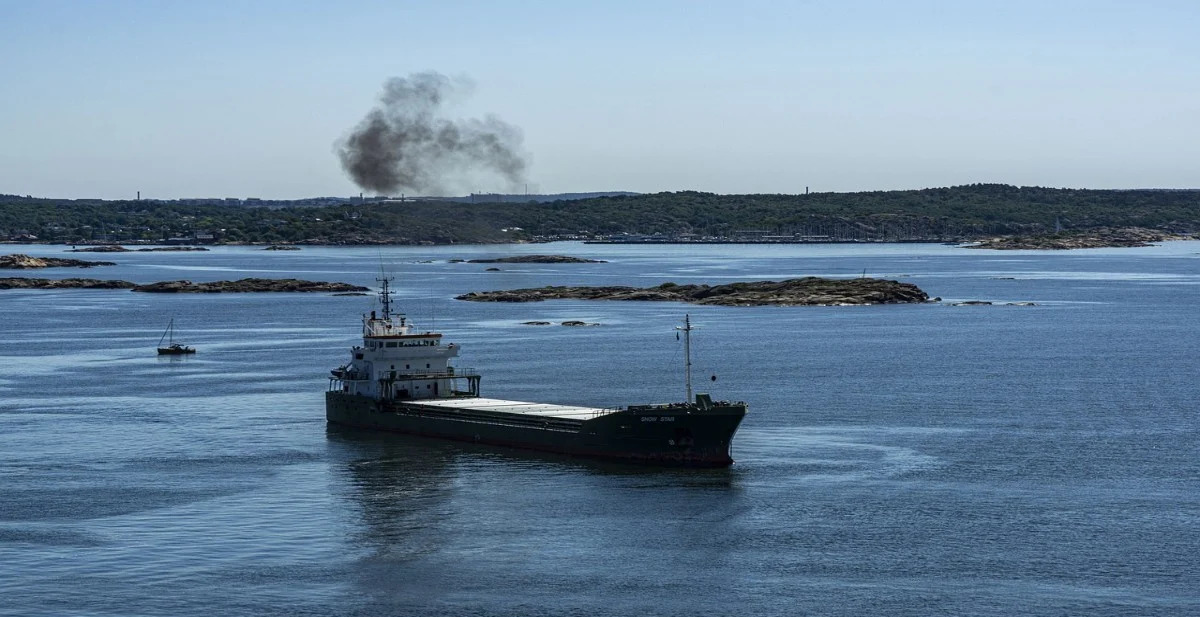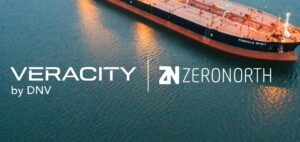Baltic Exchange to provide standardised emissions reference point for shipping industry
London-based maritime industry information provider Baltic Exchange is developing a project that aims to provide a standardised emissions reference point and find a simpler way to understand round voyage emissions against the transport work done.

Starting on 1 January 2023, two new energy efficiency requirements Energy Efficiency Existing Ship Index (EEXI) and Carbon Intensity Indicator (CII) will come into force as part of the global measures to reduce greenhouse gas (GHG) emissions from shipping.
Related Article
-
IMO defines new guidelines on EEXI and CII to support GHG measures
Authorities & Government
The new requirements will pose certain challenges relating to meeting emission metrics as EEXI affects the technical aspects of the ships while CII combines design with operations aspects, according to Martin Crawford-Brunt, CEO of Lookout Maritime and decarbonisation lead at the Baltic Exchange.
“Importantly, I think an analogy one might use is the EEXI is a little bit like the specification of miles per gallon on your car”, Crawford-Brunt said. “One might think about the CII more in terms of the actual fuel consumption you get from how you drive your car. Or another way to describe that could be to think of the CII as similar to a credit, or a glass that’s full at the start of the year. How fast you trade the vessel has an influence on the remaining CII that you have for that year to maintain a certain rating band.
“This is critical and very important because it means that the operating speeds, sometimes in the case of time charters dictated by the charterer, have a very large influence in how the vessel is ultimately rated.”
With such complications in mind, Baltic Exchange has decided to start a project to find a simpler way to understand round voyage emissions against the transport work done since there are many existing metrics, different baselines and different standards, but they are not comparable, making comprehension and selection difficult.
The main goal of the project is to set a benchmark that will provide the shipping industry with a valuable point of reference as the market seeks to factor in carbon emissions alongside charter rates.
Crawford-Brunt explained that the Energy Efficiency Operational Indicator (EEOI) standard when applied to the standard Baltic ship descriptions and standard Baltic routes provides a clear and well-understood reference point.
“The objective of all of this is to introduce a more consistent way to describe operational efficiency”, Crawford-Brunt said. “Was it a good voyage or not? And if it wasn’t a good voyage being able to explain that in terms of uplift for instance, is very important.”
So far, the project has created some theoretical documents based on the standard routes and ship descriptions for the dry and tanker routes and is now in a consultation period. This involves speaking with owners and operators about variations in voyages on those routes and with those cargoes.
Crawford-Brunt anticipates that further information will be able to be shared after the summer.
Additionally, he shared his insights into “the unintended consequences” of CII. Because of the way the formula is structured, the longer you sail on a lighter load, the better the CII looks, he pointed out.
Crawford-Brunt also stressed that the CII is not a consistent indicator of transport work done and neither is it a good indicator of the relative efficiency of a vessel. “So, the CII should not be used in isolation when you’re trying to evaluate the efficiency of a ship”, he concluded.
Related Article
-
VesselsValue: 75 pct of global fleet will not be EEXI compliant
Rules & Regulation









